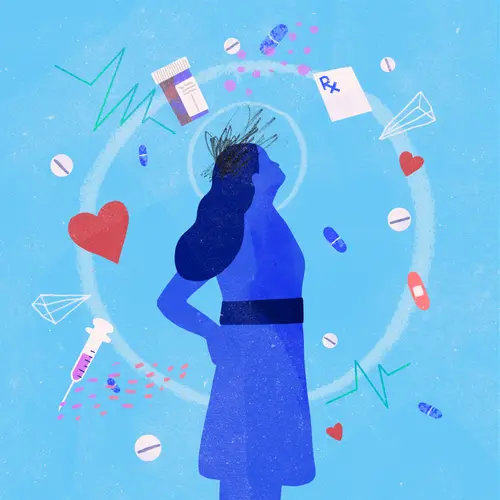For some people with injuries or arthritis, a drop in the temperature means an increase in knee pain.
Why does this happen? Studies of how the weather might affect pain in your knees and other joints have had mixed results. We don't even have strong evidence that there's a link, despite years of research.
But scientists do have some theories.
Possible Causes
One puts the blame on barometric pressure, a measurement of the weight of the air. When a cold front moves in, barometric pressure usually drops. So there's less pressure on your body from the air. This may make your tendons, muscles, joints, or scar tissue swell, leading to pain.
No matter what the temperature, changes in barometric pressure make some people hurt more. That's especially true when it changes quickly. High humidity (moisture in the air) plays a role, too.
Another idea is that the fluid in your joints, called synovial fluid, gets thicker in cold temperatures. This could make your joints stiffer and more painful.
In cold weather, some of your blood gets routed away from your arms and legs to vital organs like your heart and lungs. This is your body's effort to keep them warm. But it takes warmth away from your joints, which can make them achier.
The cold also makes your muscles tighten up. This makes you less flexible, which means you're more likely to get sore or injured.
Lifestyle Changes
Wintry weather also may lead to changes in your mood and lifestyle that can amp up knee pain.
For one thing, dreary days may make your mood more negative. Sadness and depression can make your pain feel worse.
Also, you probably spend less time outdoors when it’s cold and wet than you would on warm, sunny days. That might mean you exercise less, which is likely to lead to more stiffness and pain.
Another theory is that a lack of vitamin D can ramp up tenderness. You get vitamin D from the sun. So when you're hibernating inside, you might fall short. Some studies have linked low levels of vitamin D to increased pain. Ask your doctor if a supplement might help you.
How to Feel Better
No matter what the research says, if your knees hurt more when it’s cool outside, the pain you feel is real. Try these steps to cope:
- Wear warm clothes, including hats, scarves, and gloves, when you’re outside. Tights, leggings, and wraps can add extra warmth in your knee area.
- Use moist heat to boost circulation and loosen muscles. A warm bath could do the trick.
- Don't stop moving, even if you don’t want to work out outside. Exercise makes your bones and the muscles around your knees stronger, taking pressure off the joint. Try yoga, which has the added benefit of boosting flexibility. Or swim in a heated pool to ease stiffness.
- Don’t push your body too hard when doing everyday tasks. Let someone else lift those heavy boxes.
- Take good care of yourself by eating nutritious food and staying at a healthy weight. Extra pounds add pressure on your joints.
- Get enough sleep. Too little shut-eye can make your pain worse.
- Stay positive. Do things that make you happy and shift your attention away from the pain.
- Talk to your doctor about medication or other treatment options if these steps don't help.

